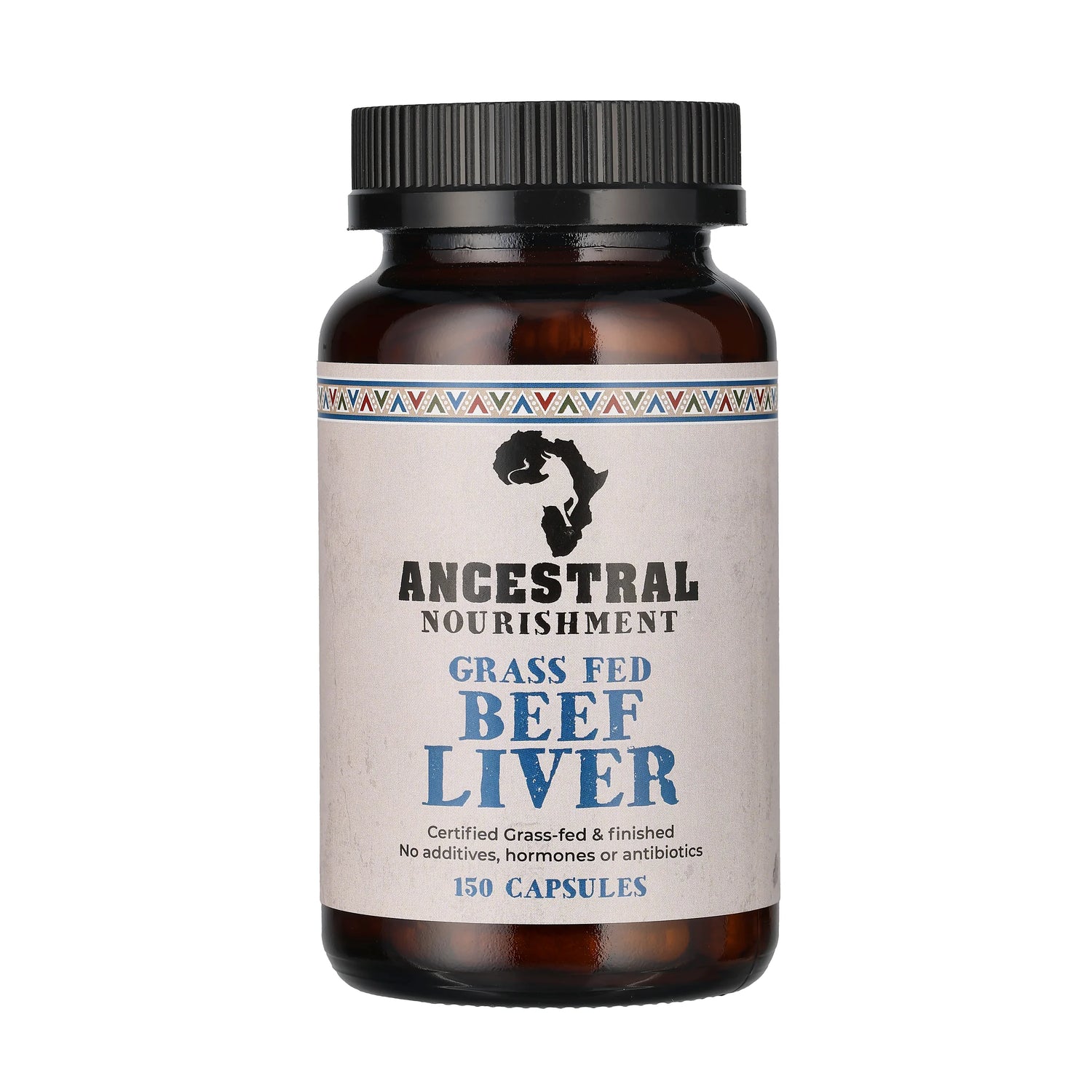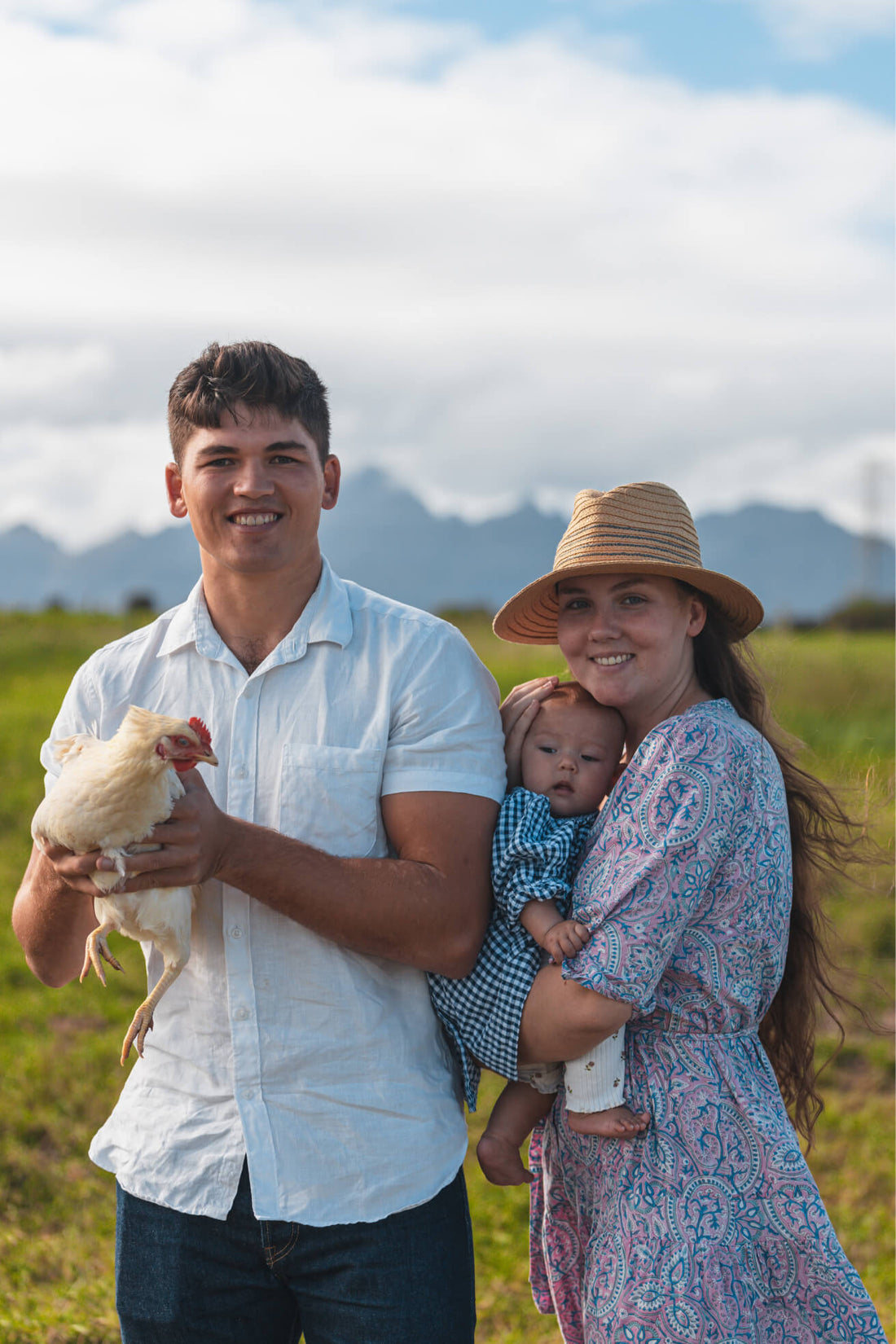Why Regenerative Agriculture Is The Way Forward
The anti-meat climate change narrative needs to stop before it’s too late.
Sometimes, it’s said best when said plainly.
The predominant narrative around meat and climate change is extremely misguided. With the hubris of modern man convincing us that we can somehow cheat the laws of nature. Dismissing the ways our planet and its inhabitants have sustained themselves for thousands of years – severing our natural synergistic relationship with nature.
It’s an appealing picture and we admire the motivations behind ‘going plant-based’ and not supporting feedlots. However, this approach to creating a sustainable world is highly reductionist and the mainstream only feeds the masses information that supports this agenda.
So, if you want to learn the truths and gain a balanced and transparent understanding of the issue, as well as why we believe that ruminant animals like cows are the key to real sustainability, keep reading.
Let’s Talk About Plant Agriculture
The reality is, suggesting that ruminants are the drivers behind our climate change woes is myopic. And when we closely examine the so-called saviour alternative, it becomes clear that we’re going in the wrong direction.
The argument is, that in order to feed the 9 billion people by 2050, we need to conventionally produce our food by ramping up the pesticide-laden grain-growing methods. This prevailing mono-crop approach depletes soil nutrients and biodiversity, pollutes water and kills a staggering amount of insects and wildlife. Effectively, destroying ecosystems in the long term for large short-term crop yields.
For example, in New South Wales, Australia, it was recorded that over 200,000 native ducks were shot to protect rice crops. Just one of the countless examples over the years. And in 2020, it was reported by The Guardian that billions of bees die to produce Almond milk.
Not to mention the toxic effects that herbicides and pesticides have on humans - with increasing evidence showing these are associated with cancer and neurological diseases. If you ask us, feeding 9 billion people with cancer-stimulating vegetables is recipe for disaster.
Equally, feedlot cows are not a viable alternative and are wholly unethical - a practice we do not support whatsoever at Ancestral Nourishment. Aside from depending on grain production (which only feeds the monocropping problem) raising livestock on these unnatural diets and pumping them with antibiotics and hormones can be just as destructive for our health.
Cows Are Not the Enemy, They’re the Solution
The popular argument is that cow burps emit methane, contributing to greenhouse gases. Suggesting that we need to cut back on beef and animal products to avoid an environmental disaster. This has led to a boom in ‘plant-based’ industries offering so-called sustainable alternatives.
However, livestock - especially ruminants - can not only help mitigate degraded soils and restore healthy ecosystems (more on that later) - but can actually be carbon-recycling machines that sequester it back into the soil.
Carbon sequestration is the process of capturing and storing carbon dioxide from the atmosphere, usually in soil, forests, or oceans, in order to mitigate the impacts of climate change.
Digging up soil and ecosystems for monocropping and over-grazing livestock leads to a decrease in vegetation cover, soil erosion and loss of organic matter. Contributing to more CO2 in the atmosphere and less carbon sequestration.
And while it might seem counter-intuitive, cows can actually help solve this problem when farmers mimic nature with high density grazing.
Controlled Grazing & Regenerative Agriculture
Regenerative farming closely mimics the natural grazing patterns of wild ruminants that have existed for thousands of years.
Using careful rotational grazing practices, carbon is sequestered back into the soil creating a vibrant, healthy ecosystem.
Farmers manage livestock by rotating them around several open pastures, ensuring the plants can regrow in soils that have been fertilized by animal urine and manure. When the animals return, the land can again provide food and the soil stays healthy.
This synergistic relationship between species and the ecosystem is the premise of regenerative agriculture. To keep ecosystems healthy, all the components must be held in balance. Ruminants graze on healthy, carbon-rich soils and, in turn, contribute to the nutrients and biodiversity of the soil with urine and manure. Without animals to provide natural fertilizer, the soil erodes and becomes unsuitable to support life.
So, it makes sense to consciously integrate cows within the ecological system, rather than remove them and instead focus on modern monocropping methods. If we do not take this into account, ecosystems will continue to disappear, and our soils will effectively become wastelands.
And if you need concrete proof, leading regenerative farm White Oak Pastures underwent a life cycle assessment. It was found that the farm's carbon footprint was negative, meaning it sequestered more carbon than it emitted. The farm's regenerative practices, such as rotational grazing, cover cropping, and composting, contributed to this result. Additionally, the farm's animal production systems had lower greenhouse gas emissions than conventional animal production systems due to their reliance on grass-based feeding and outdoor access.
Highlighting the potential of regenerative agriculture to mitigate climate change by sequestering carbon in the soil and reducing greenhouse gas emissions. It also emphasizes the importance of sustainable farming practices for improving soil health, biodiversity, and animal welfare.
The Picture on the Homefront: Regenerative Practices in South Africa
While a number of farmers are shifting towards regenerative practices, there’s no better individual to illustrate our current context than Angus Mcintosh or ‘farmer Angus’.
One of two grass-fed, pasture-raised beef producers in the Western Cape, Angus is one of the leading voices calling for Regenerative farming. He is also the first person globally to sell Carbon credits for increasing the carbon contents of his cattle-grazing pastures.
His green pastures are tangible proof of the climate and carbon-friendly results of regenerative farming. But more interestingly, he also outlines how we can scale his rotational grazing methods to not just feed the whole of South Africa, but produce an additional 200 thousand tons of beef for export. While sequestering 3 times more carbon than the whole country emits (read here).
Looking Ahead
We believe that now, more than ever, the message of regenerative agriculture and the sacred role cows play in our ecosystem needs to be voiced. As the population inevitably grows, we must tackle the sustainability question head-on.
But dissolving animal agriculture would be a disaster as we would be depriving the growing number of people on this planet of critical nutrients. Leading to more sick, undernourished human beings that could burden our healthcare systems on an unimaginable scale.
Therefore, the mission at Ancestral Nourishment is two-fold: support regenerative farmers so that we can heal ecosystems while sourcing the vital nourishment to keep people healthy and thriving.
And you too can play a part in this simply by opting for grass-fed and finished meat whenever possible or grabbing our nutrient-dense desiccated organ capsules that’ll cover all your micronutrient needs. A double win!




